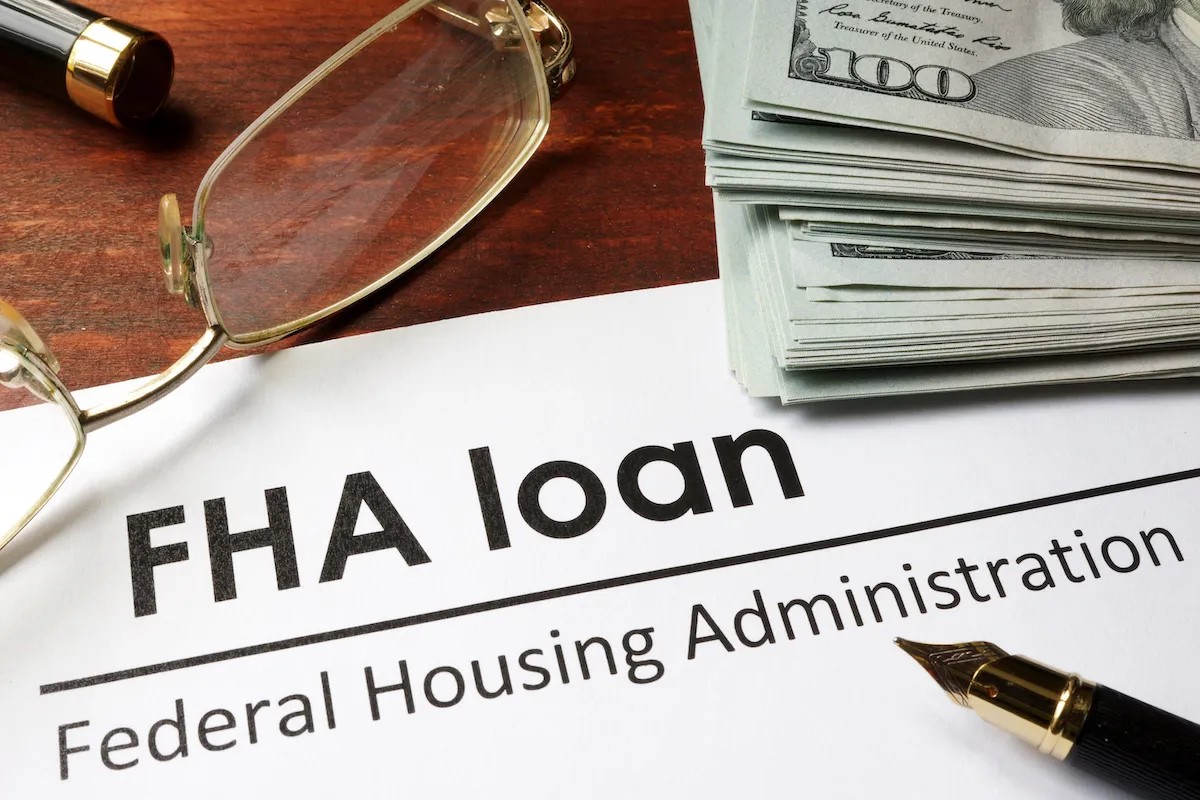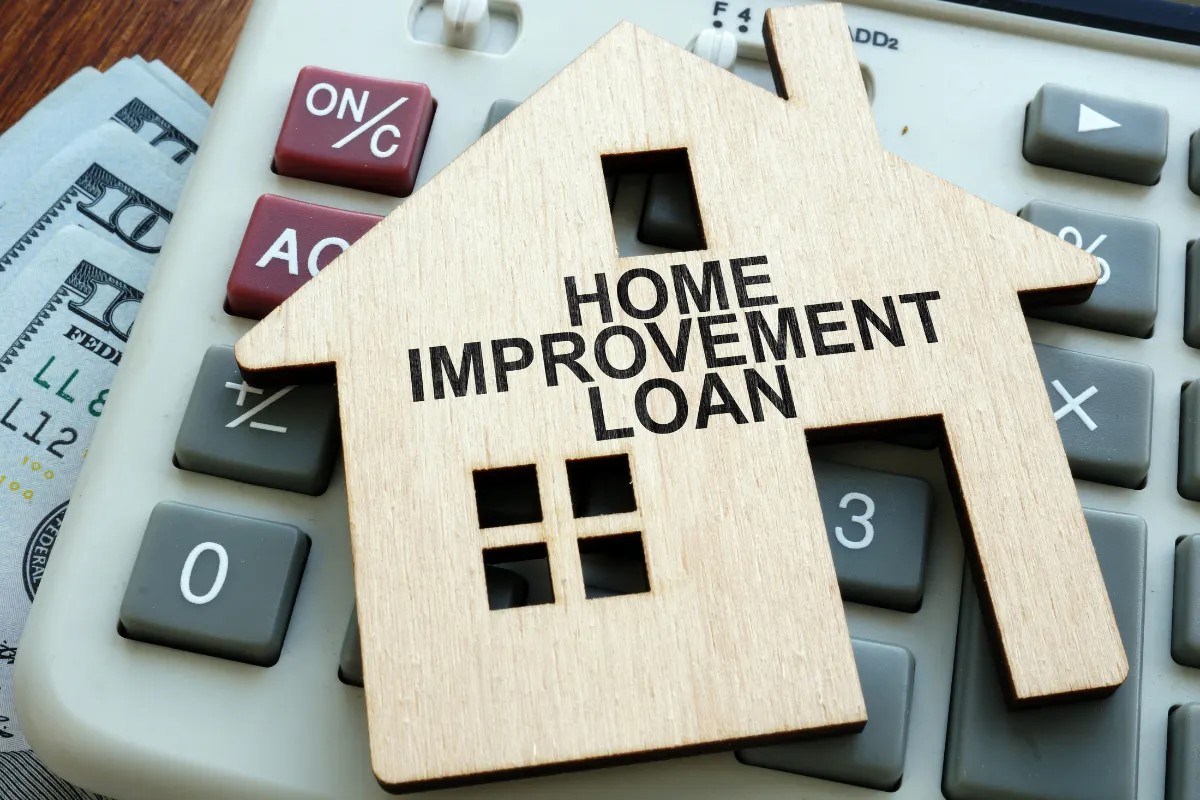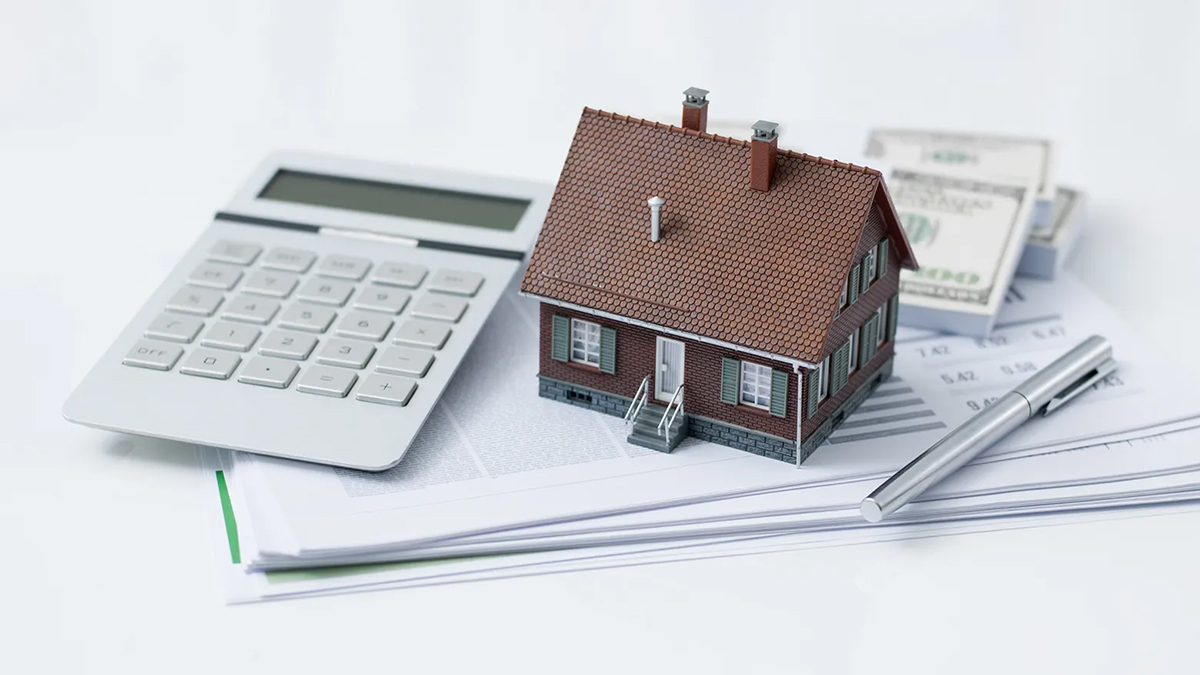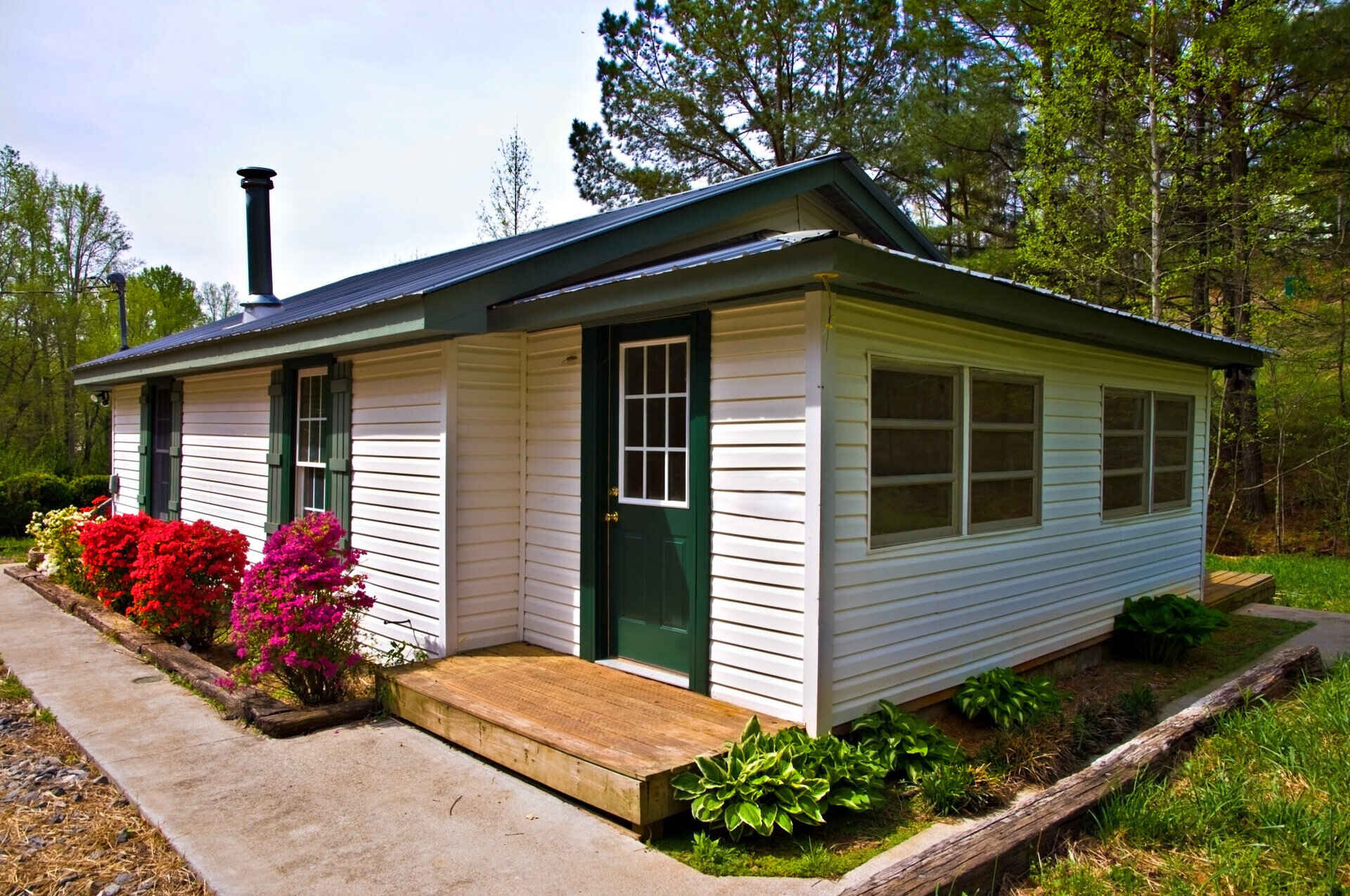Home>Renovation & DIY>Home Renovation Guides>Which Loan Is Best For Home Improvements?


Home Renovation Guides
Which Loan Is Best For Home Improvements?
Modified: October 20, 2024
Looking for the best loan for home improvements? Our home renovation guides will help you find the perfect financing option for your project. Discover expert advice and tips today!
(Many of the links in this article redirect to a specific reviewed product. Your purchase of these products through affiliate links helps to generate commission for Storables.com, at no extra cost. Learn more)
Introduction
Embarking on home improvement projects is an exciting endeavor that can elevate the comfort, functionality, and value of your living space. Whether you’re looking to renovate your kitchen, upgrade your bathroom, or undertake a complete home makeover, securing the right financing is crucial. Understanding the various loan options available for home improvements empowers homeowners to make informed decisions that align with their financial goals and circumstances.
In this comprehensive guide, we will explore the different types of loans commonly used for home renovations, shedding light on their unique features, benefits, and considerations. By delving into personal loans, home equity loans, home equity lines of credit, and cash-out refinancing, you’ll gain valuable insights to aid in selecting the most suitable financing option for your specific renovation project.
Whether you’re a seasoned homeowner or a first-time buyer, navigating the realm of home improvement financing can be daunting. However, with the right knowledge at your disposal, you can confidently pursue your renovation aspirations while effectively managing your financial resources. Let’s delve into the diverse array of loan options tailored to facilitate your home improvement journey.
Key Takeaways:
- Choose a personal loan for quick access to funds without risking your home. Compare offers to find the best terms for your renovation project.
- Consider a home equity loan for predictable payments and potential tax benefits, leveraging your home’s equity for long-term renovations.
Personal Loans
Personal loans offer a flexible and convenient means of financing home improvement projects. These unsecured loans, typically obtained from banks, credit unions, or online lenders, do not require collateral, making them an attractive option for homeowners who may not have substantial equity in their homes. The loan amount, interest rate, and repayment terms are determined based on the borrower’s creditworthiness, income, and financial history.
One of the key advantages of personal loans is their accessibility and quick approval process. Upon meeting the lender’s eligibility criteria, borrowers can secure funds expeditiously, enabling prompt commencement of their renovation endeavors. Additionally, personal loans provide a fixed interest rate and predictable monthly payments, allowing for better budgeting and financial planning.
When considering personal loans for home improvements, it’s essential to compare offers from multiple lenders to secure the most favorable terms. Factors such as interest rates, origination fees, prepayment penalties, and repayment timelines should be carefully evaluated to make an informed decision. While personal loans offer the advantage of not risking one’s home as collateral, they may entail higher interest rates compared to secured loans, potentially resulting in greater long-term costs.
For homeowners seeking a streamlined and versatile financing solution for their renovation projects, personal loans present a compelling option. By leveraging these unsecured funds, individuals can embark on home improvements without tapping into their home equity or navigating complex collateral requirements, making the renovation process more accessible and manageable.
Home Equity Loans
Home equity loans, also known as second mortgages, are a popular choice for financing home improvements, leveraging the equity built up in a property. This type of loan allows homeowners to borrow a lump sum at a fixed interest rate, with the equity in their home serving as collateral. The loan amount is contingent on the property’s appraised value and the amount of equity the homeowner has accrued.
One of the primary advantages of home equity loans is their favorable interest rates, which are typically lower than those of personal loans or credit cards. This can result in substantial cost savings over the life of the loan, making it an appealing option for long-term renovation projects. Additionally, the interest paid on home equity loans may be tax-deductible, providing further financial benefits for eligible borrowers.
Home equity loans offer predictable monthly payments and a fixed repayment timeline, providing homeowners with a clear and structured approach to managing their renovation expenses. This stability can be particularly advantageous for budget-conscious individuals seeking to finance extensive home improvement endeavors without the uncertainty of fluctuating interest rates.
It’s important to note that home equity loans involve using one’s home as collateral, thereby posing the risk of foreclosure if the borrower fails to meet the repayment obligations. As such, careful consideration of one’s financial circumstances and the ability to commit to regular payments is crucial when contemplating this financing option.
For homeowners with substantial equity in their properties and a clear vision for their renovation projects, home equity loans offer a secure and cost-effective means of accessing significant funds. By leveraging the equity they’ve built in their homes, individuals can embark on substantial home improvements while benefitting from favorable interest rates and potential tax advantages.
Consider a home equity loan or line of credit for major renovations, as they typically offer lower interest rates and tax-deductible interest. For smaller projects, a personal loan may be a better option due to its simplicity and faster approval process.
Home Equity Lines of Credit
Home Equity Lines of Credit (HELOC) provide homeowners with a flexible and versatile financing option for their home improvement endeavors. This revolving line of credit allows individuals to borrow against the equity in their homes, providing access to funds as needed within a predetermined draw period, typically ranging from five to ten years. During this period, borrowers can withdraw funds, repay the balance, and borrow again, offering a dynamic and adaptable approach to managing renovation expenses.
One of the key advantages of HELOCs is their flexibility, affording homeowners the freedom to access funds incrementally based on their renovation timeline and budgetary requirements. This can be particularly beneficial for projects with varying or ongoing expenses, enabling individuals to optimize their cash flow and minimize interest costs by borrowing only what is needed at any given time.
HELOCs typically feature variable interest rates, which can result in fluctuations in monthly payments over time. While this variability may present a degree of uncertainty, it can also offer the potential for cost savings if interest rates remain favorable. Additionally, the interest paid on HELOCs may be tax-deductible for eligible borrowers, providing a valuable financial incentive.
It’s important for homeowners considering a HELOC to carefully assess their financial discipline and ability to manage ongoing credit responsibilities. As with any line of credit, prudent financial management is essential to avoid over-borrowing and ensure timely repayment to prevent potential financial strain or the risk of losing their home through foreclosure.
For individuals seeking a dynamic and adaptable financing solution for their home improvement projects, a HELOC offers the flexibility to access funds as needed, aligning with the evolving requirements of the renovation process. By leveraging the equity in their homes through this revolving line of credit, homeowners can navigate their renovation journey with greater financial control and responsiveness.
Cash-Out Refinance
Cash-out refinancing presents homeowners with a strategic and comprehensive approach to accessing funds for their home improvement projects. This refinancing option involves replacing an existing mortgage with a new one that has a higher principal balance, allowing homeowners to withdraw the excess equity in cash. By leveraging the increased equity in their homes, individuals can secure funds to finance renovations while potentially benefiting from more favorable interest rates than those of other financing options.
One of the primary advantages of cash-out refinancing is the potential for securing a lower interest rate on the new mortgage, especially if the homeowner’s creditworthiness and financial profile have improved since obtaining the original mortgage. This can result in long-term cost savings and improved financial efficiency, making cash-out refinancing an attractive option for substantial home improvement projects.
Furthermore, by consolidating the existing mortgage and the additional funds required for renovations into a single loan, homeowners can streamline their financial obligations and benefit from a unified repayment structure. This can simplify financial management and offer a clear and cohesive approach to managing renovation expenses over the life of the refinanced mortgage.
It’s important for homeowners considering cash-out refinancing to carefully evaluate the associated closing costs, potential prepayment penalties, and the impact of extending the repayment timeline on their overall financial outlook. While this option can provide access to substantial funds for renovations, prudent financial planning and assessment of the long-term implications are essential to make an informed decision.
For individuals seeking a comprehensive and potentially cost-effective means of financing their home improvement projects, cash-out refinancing offers the opportunity to leverage the accrued equity in their homes while potentially securing more favorable interest rates. By strategically refinancing their mortgage to access additional funds, homeowners can embark on significant renovations with a clear and unified financial approach.
Read more: What Is The Best Loan For Home Improvement
Conclusion
Embarking on home improvement projects is a significant undertaking that can elevate the comfort, functionality, and value of your living space. Selecting the most suitable financing option for your renovation endeavors is a crucial decision that can significantly impact your financial well-being and the overall success of your projects. By exploring the various loan options available for home improvements, you can make informed choices that align with your specific needs, preferences, and financial circumstances.
Personal loans offer a flexible and accessible means of financing, allowing homeowners to secure unsecured funds based on their creditworthiness and financial history. While personal loans provide quick access to funds, they may entail higher interest rates compared to secured loans, necessitating careful evaluation of the associated costs.
Home equity loans leverage the accrued equity in a property to provide homeowners with a lump sum at a favorable fixed interest rate. This option offers predictability and potential tax advantages, making it an appealing choice for long-term renovation projects. However, using one’s home as collateral requires careful consideration of the associated risks and financial commitments.
Home Equity Lines of Credit (HELOC) offer a dynamic and adaptable approach to financing home improvements, providing homeowners with a revolving line of credit based on the equity in their homes. This flexibility allows for incremental access to funds as needed, aligning with the evolving requirements of renovation projects. It’s essential for individuals considering a HELOC to exercise prudent financial management to avoid over-borrowing and ensure timely repayment.
Cash-out refinancing presents homeowners with a strategic and comprehensive means of accessing funds for their home improvement projects. By refinancing their mortgage to withdraw the excess equity in cash, individuals can potentially secure lower interest rates and streamline their financial obligations. However, careful assessment of closing costs, prepayment penalties, and the long-term implications is crucial when considering this option.
Ultimately, the decision regarding the best loan for home improvements hinges on a comprehensive evaluation of your financial goals, renovation requirements, and risk tolerance. By carefully weighing the unique features, benefits, and considerations of each financing option, you can confidently embark on your home improvement journey while effectively managing your financial resources.
Armed with a deeper understanding of personal loans, home equity loans, home equity lines of credit, and cash-out refinancing, you can navigate the realm of home improvement financing with clarity and confidence. Whether you’re renovating a kitchen, upgrading a bathroom, or embarking on a comprehensive home makeover, the right financing choice can empower you to realize your renovation aspirations while maintaining financial stability and control.
Frequently Asked Questions about Which Loan Is Best For Home Improvements?
Was this page helpful?
At Storables.com, we guarantee accurate and reliable information. Our content, validated by Expert Board Contributors, is crafted following stringent Editorial Policies. We're committed to providing you with well-researched, expert-backed insights for all your informational needs.















0 thoughts on “Which Loan Is Best For Home Improvements?”